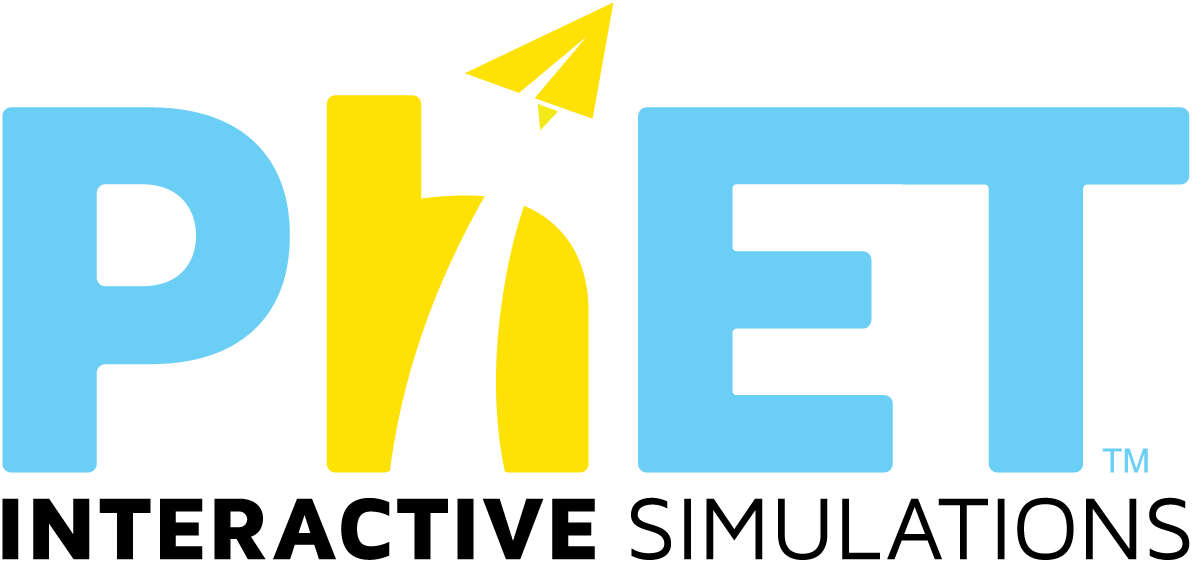131 pasujących rezultatów wyszukiwania predict
Symulacje
- Balony i siła wyporu
- Budujemy atom (HTML5)
- Budujemy jądro (HTML5)
- Ciśnienie i Przepływ Cieczy
- Cząsteczki i promieniowanie elektromagnetyczne (HTML5)
- Czworokąty (HTML5)
- Deska Galtona (HTML5)
- Efekt fotoelektryczny
- Ekspresja genu - podstawy (HTML5)
- Ekspresja genu - podstawy
- Elektromagnetyczne laboratorium Pana Faradya
- Elektryczny hokej - zapożyczony z pracy Ruth Chabay
- Energia w skateparku (HTML5)
- Energia w skateparku: podstawy (HTML5)
- Fabryka genów: Operon Laktozowy
- Fale na linie (HTML5)
- Formy energii i ich przemiany (HTML5)
- Gazy - właściwości (HTML5)
- Gazy - wstęp (HTML5)
- Generator (HTML5)
- Gra liczbowa (HTML5)
- Grawitacja, a orbity (HTML5)
- Interferencja fal (HTML5)
- Izotopy i masa atomowa (HTML5)
- Kondensatory Lab: podstawy (HTML5)
- Kreator wykresu równania
- Kwantowe Stany Splątane
- Laboratorium elektromagnetyczne Faradaya (HTML5)
- Ładunki i pola (HTML5)
- Magnes i kompas (HTML5)
- Magnesy i elektromagnesy (HTML5)
- Model membrany
- Mój Układ Słoneczny (HTML5)
- Optyka geometryczna (HTML5)
- Optyka geometryczna: podstawy (HTML5)
- Pod Ciśnieniem (HTML5)
- Polaryzacja Cząsteczek (HTML5)
- Polaryzacja Cząsteczek
- Pomiar kwantowy (HTML5)
- Poruszający się człowiek
- Prawo Beera (HTML5)
- Prawo Ohma (HTML5)
- Proporcjonalność prosta (HTML5)
- Proste: nachylenie, przecięcie z osią (HTML5)
- Reakcje i ich szybkości
- Reakcje odwracalne
- Rezystancja przewodnika (HTML5)
- Rozpad alfa
- Równia pochyła: siły i ruch
- Równowaga (HTML5)
- Rzuty (HTML5)
- Siła wyporu (HTML5)
- Siła wyporu: podstawy (HTML5)
- Siły i ruch
- Siły i ruch: Podstawy (HTML5)
- Siły w jednym wymiarze
- Skala pH (HTML5)
- Skala pH: podstawy (HTML5)
- Stany skupienia: podstawy (HTML5)
- Stężenie (HTML5)
- Substraty, Produkty i Pozostałości (HTML5)
- Średnia: rozdziel po równo (HTML5)
- Tektonika płyt
- Tendencja centralna i zróżnicowanie (HTML5)
- Transport błonowy (HTML5)
- Tworzenie funkcji (HTML5)
- Tworzenie funkcji - podstawy (HTML5)
- Ułamki: liczby mieszane (HTML5)
- Ułamki: wstęp (HTML5)
- Wykresy funkcji kwadratowych (HTML5)
- Wykresy prostych (HTML5)
- Pochodne i całki - wykresy (HTML5)
- Prawo Hooke'a (HTML5)
Aktywności
- Phet Forces and Motion Basics: Friction lab
- Plate Tectonics Inquiry
- How Will This Isotope Decay?
- Molecule Polarity
- Forces & Motion: Basics HTML5 - Part 2 (Friction)
- Natural Selection ILD
- Applying Le Chatelier's Principle
- Molecule Polarity - Guided Inquiry Activity
- Balloons and Static Electricity for Middle School
- Maxwell-Boltzmann Distribution Curves
- Introduction to Static Electricity using Electric Field Hockey and Charges and Fields (Inquiry Based)
- Defining Functions
- Exploring Radioactive Decay and Its Uses
- Gas Properties-Inquiry Middle School
- Equation Grapher: Sketching Linear and Parabolic Graphs (Inquiry Based)
- Conservation of Energy 4 Energy Skate Park: Calculations with Conservation of Mechanical Energy using time graphs (Inquiry Based)
- Fluid Pressure - an inquiry introduction
- Balancing Act Remote Lab
- Parabolas on the Move!
- Gravity and Orbits
- A Projectile Motion-Introduction (Inquiry Based)
- Forces and Motion activity 1: Predicting speed and directions changes (Inquiry Based)
- Induction (high school version) (Inquiry Based)
- Salts and Solubility 5: Designer Salts (Inquiry Based)
- What Factors Influence the Rate of a Reaction?
- Wave Modeling and Wave addition (Inquiry Based)
- Forces and Motion: Balanced and Unbalanced Forces, and Predicting Changes in Motion (Inquiry Based)
- Waves on a String (Inquiry Based)
- Conservation of Energy 2: graphs analysis
- Charges and Fields Remote Lab Introduction to Static Electricity
- Induction (college homework version) (Inquiry Based)
- Waves Interference Remote Labs
- Gravity and Orbits Investigation
- Geometric figures
- pH Scale Basics | Remote Lab
- Molecules and Light - Guided Inquiry Activity
- Energy Skate Park Basics | Remote Lab
- Exploring Mendelian genetics
- Experimental Design with Forces
- Air Resistance Lesson
- Using the Gases Intro PhET Simulation: Concept Development for Understanding Gas Laws and the Variable Changes Associated with Them
- Forces and Motion Lesson
- Chemistry Theater
- Exploring Projectile Motion
- Atoms 4: Game Mode
- Introduction to Projectile Motion
- Introduction to Net Force
- Wave Interference in 2D
- Kennismaken met bewegingsdiagrammen en versnelling
- Discovering Acids and Bases
- Projectile Motion
- Projectile Motion: Gravity & Air Resistance
- Gene Expression and Protein Synthesis
- Turning Forces
- PhET Projectiles Simulation Lab
- Pressure in Liquids and Gases
- Introduction to the Buoyancy
- Using the Molecular Shapes PhET Simulation: Concept Development for Understanding Molecular Geometry and Shape


